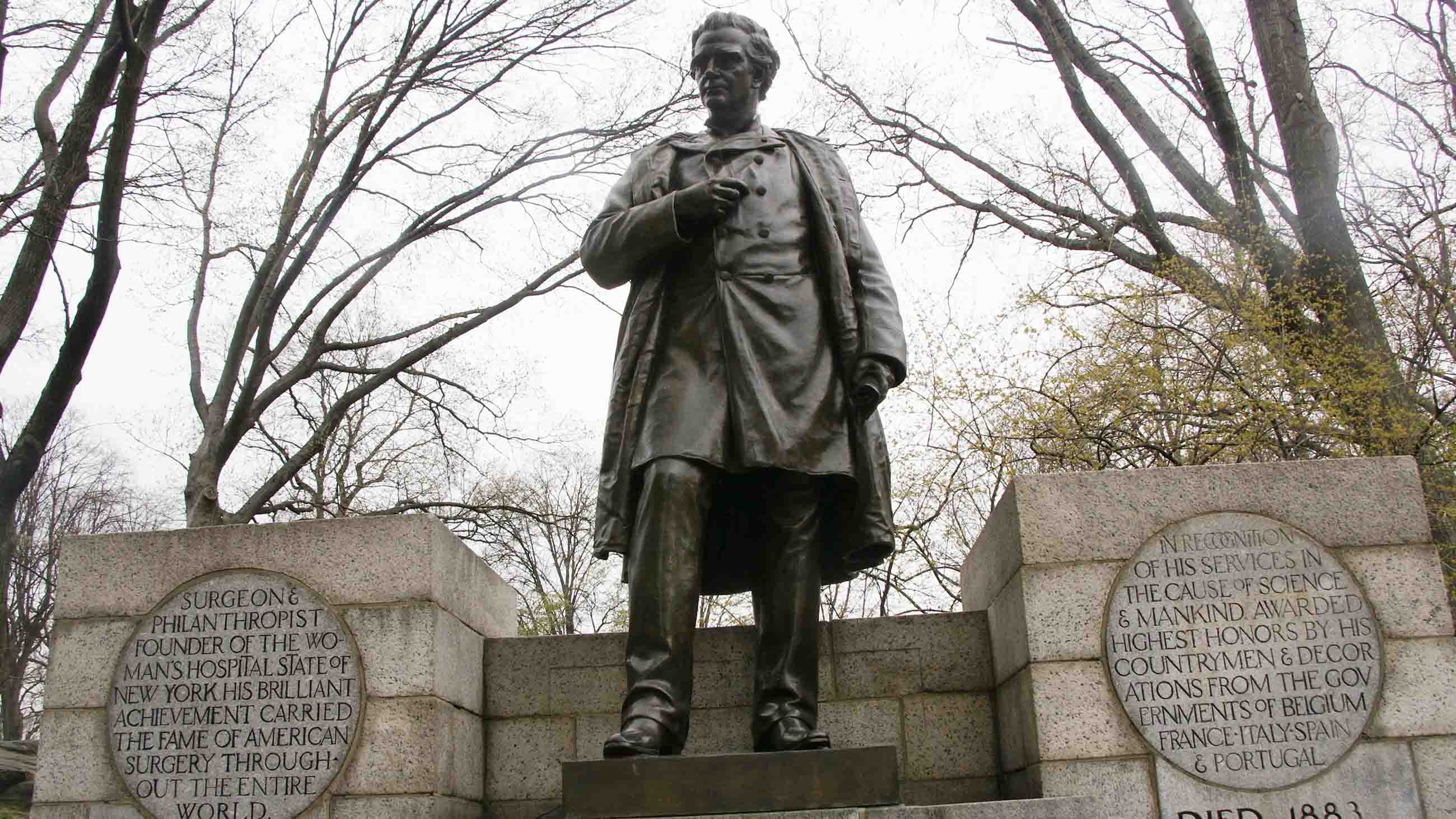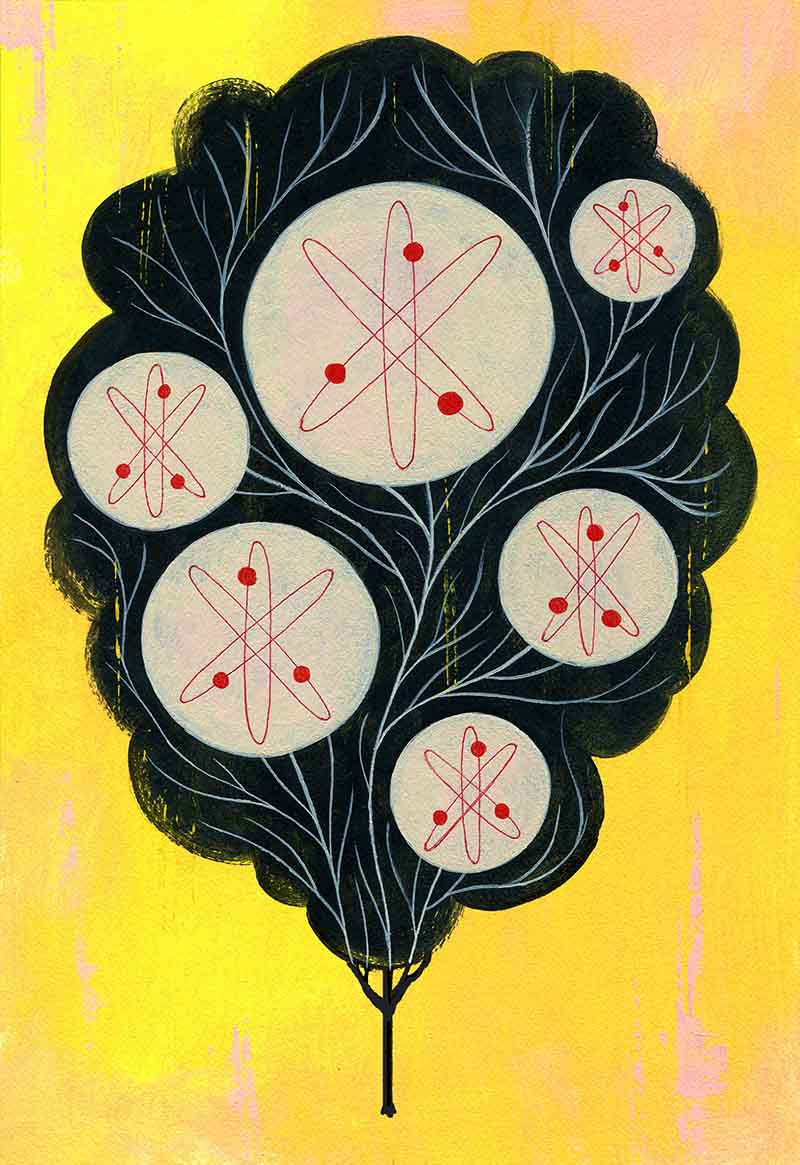When you read the reactions to a recent editorial on race and history in the journal Nature, two words come up again and again. The first is “tone-deaf.” The second is “disaster.”
The unsigned editorial, which ran on September 4 under the headline “Removing statues of historical figures risks whitewashing history,” struck many readers as being inept, poorly timed, or outright offensive. In response, Nature took the rare step of tweaking the online version of the editorial and changing its headline. (The old version was removed, though Divya Persaud, a planetary scientist, preserved it as a PDF.)
The journal also posted selected reader reactions and appended a lengthy apology that described the original version of the piece as “offensive and poorly worded.”
Not everyone is satisfied with the journal’s response, though, and the incident leaves open unanswered questions about editorial practices at Nature, the world’s most prestigious scientific publisher. More broadly, it brings up familiar questions about how scientists and scientific institutions should grapple with the long history of racism in science and medicine.
This particular editorial deals with monuments that honor troubling figures from the history of science, focusing on J. Marion Sims, a 19th-century gynecologist who performed experimental surgeries, without anesthesia, on the bodies of enslaved women, and who is honored with a large statue in New York City’s Central Park. Recently, civil rights activists have renewed their push to remove the statue. The response from Nature implied that the editorial board supported keeping statues like it in place, because their removal might “whitewash history.”
At any political moment, that claim would invite vigorous skepticism: A large statue that unambiguously honors a 19th-century slave-owner — while making no mention of the human beings that he held in bondage and performed experiments on — seems, of course, like it already is the essence of whitewashed history. And protesters haven’t argued that Sims should be erased from history, just that his work should receive a very different kind of contextualization and memorialization.
On top of all this, there was the timing. The editorial came just weeks after hundreds of white supremacists marched in Charlottesville, Virginia to defend another controversial statue, setting off violence in the streets and killing a young woman. When Nature posted a link to the editorial on Twitter, the thread quickly exploded with criticisms. “Maybe when I tell people that science is systematically racist, they’ll believe me now,” wrote neuroscience Ph.D. student Christine Liu in one widely circulated tweet, adding “this trash is endorsed by a top journal.”
“I’m hard pressed to understand why, when white supremacists are murdering and terrorizing people, this seemed like THE editorial to write,” tweeted astrophysicist Chanda Prescod-Weinstein, and a headline from The Atlantic called the editorial “disastrous.” Scientists wrote messages to Nature editor-in-chief Philip Campbell and at least one called for him to resign.
The journal’s response may not have done much to blunt the growing controversy. Scientists who wrote emails to Campbell seem to have mostly received brief, terse form letters in reply. While Nature’s apology says that the journal is “taking steps to ensure that we do not make similar mistakes in the future,” the journal has not chosen to be transparent about what kind of oversight the editorial received, what those future steps might look like, or who may be consulted in the decision-making process.
A spokesman for the journal, Mark Staniland, declined to make anyone available for an interview, and the publication chose not to respond to a list of questions provided by Undark via email.
A few scientists have called for a boycott. In a letter to the journal, Princeton University oceanographer Sonya Legg announced that “until Nature issues a retraction of this editorial and takes steps to increase the people of color on its editorial staff, I will not submit any manuscripts for publication, nor review any manuscripts, from any of the Nature journals.”
In an email to Undark, Legg said that she was following through already on that promise, and that “my immediate colleagues are supporting my decision to submit a planned manuscript to a different journal.”
“I believe that when we volunteer our time to review manuscripts, or choose which journal we publish in, we should consider the values of the organization we are supporting through our efforts,” Legg told me.
The Georgia Tech biogeochemist Jennifer Glass, who has also publicly decided to boycott Nature, described Nature’s response as “a fake apology — it was as if they didn’t even read our letters.”
“It’s really the responsibility of white scientists and white readers of Nature to deal with this,” added Glass, who is white, in an interview with Undark. It’s “not the burden of the scientific community of color to deal with this disaster.”
Not everyone was entirely surprised by the incident. “I can’t believe they signed off on that. And then I can,” said Danielle Lee, a biologist at Southern Illinois University Edwardsville and a prominent science blogger who advocates for increased minority representation in scientific and technological fields. She recalled how difficult it has been for her to get answers about a high-profile run-in she had with Springer Nature, which owns Nature, in 2013. “I wouldn’t put my money on anything changing,” Lee told me.
The issues at stake here, of course, go far beyond one editorial. The backlash against Nature, like the larger debate about the J. Marion Sims statue in Central Park and other troubling monuments, is also a debate about which voices will get heard in the public sphere and which are ignored; which experiences get highlighted and celebrated, and which are downplayed or forgotten.
In an interview with Undark, Deirdre Cooper Owens, a historian at Queens College and the author of a forthcoming book on race, gender, and the history of American gynecology, pointed out that these issues aren’t just historical abstractions, but living legacies, tied closely to issues that often receive too little attention in public conversations.
She gave a striking example: J. Marion Sims was working at a time when physicians believed that black people simply felt less pain than many other people. But that bit of pseudo-scientific belief is by no means a relic of history: White doctors today are still less likely to provide pain care for black patients, and they often assess self-reported pain differently for patients, depending on their race.
“For me, it is about what do we do to ensure that no other person is treated like Anarcha, Betsey, Lucy, and those other women” who were Sims’ patients, said Cooper Owens. “Because that medical legacy, unfortunately, is still with us.”
UPDATE: Following the publication of this column, Nature published two additional responses to the editorial, along with a longer apology from editor-in-chief Philip Campbell. In the apology, Campbell announced that the journal “will appoint a group that will seek external advice to assess further what happened in this particular situation and to firmly guide us in adjusting our published content and internal practices.”
Michael Schulson is an American freelance writer covering science, religion, technology, and ethics. His work has been published by Pacific Standard magazine, Aeon, New York magazine, and The Washington Post, among other outlets, and he writes the Matters of Fact and Tracker columns for Undark.











